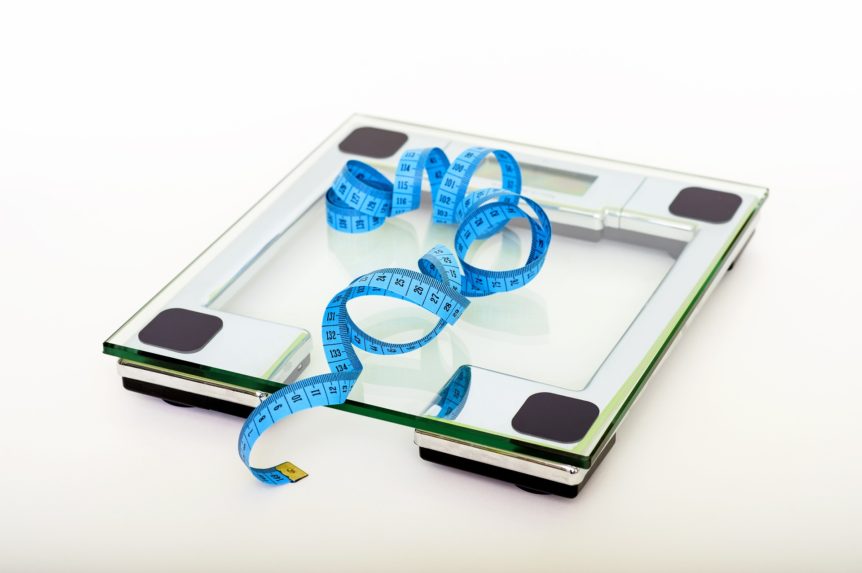Have you ever stepped on the bathroom scale and felt like giving up altogether on your health and fitness goals? You’re not alone! Seeing zero improvement or a higher number than when you started your journey can send most of us into a frenzy. Know that the number it rings up is not the sole means of determining your fitness. Consider these five numbers that matter more than what you see on the bathroom scale.
1. Your DEXA Results
The DEXA (dual-energy absorptiometry) body composition scan quantifies your lean, fat, and bone mass and visceral fat. It provides you with accurate and understandable feedback that helps you lose stubborn body fat, build more muscle, and optimize your health and fitness. It also tracks your body’s specific physiological response to your diet or fitness plan so that you can make adjustments where they are needed. Simply lay down on their fancy table, the table with slowly scan your body, and you’ll then be given your results.
2. Your Soft Tape Measurements
The numbers on the bathroom scale can’t determine if you’ve gained or lost lean or fat mass. Rather than relying on that vague number, track your numbers with a soft tape measure. Measure your arms, waist, butt, hips, and thighs every quarter. Evaluate the changes and make adjustments to your diet or workout plan as needed.
3. The Fit of Your Clothes
Become aware of how your clothes fit you consistently. Somedays, it might be more difficult to fit into your favorite pair of skinny jeans because of bloating or how your body carries stress. No need to throw those out because they are likely to fit you in the next few days once you’ve rid your body of excess water or stress. If you notice that you are suffocating in them week after week, it might be time to consider a different size and make adjustments to your health and fitness routine.
4. The Amount of Nutrients You Consume
Whether your goal is to gain muscle or lose weight, track what and when you are eating. By monitoring what you are putting into your body at what time of day, you’ll become more aware of how those foods make you feel and how they are affecting your body over time. The granola bars that you thought were healthy options for your afternoon slump might be making you even more tired. If you consistently notice this negative attribute, consider switching out your afternoon snack for something that energizes your body. After tracking your food intake each week, evaluate what you’ve consumed and how it has made you feel. Make adjustments as needed, and consider the advice of a professional to better understand what and when you should be eating.
5. How Often You ACTUALLY Exercise
Our bodies were designed to move and sweat several times a week. Oftentimes, my clients will assure me that they workout 4-5 times a week. Once they begin tracking their movement, we both realize how little they actually exercise. Write down when and how you workout throughout the week. I wouldn’t suggest counting when you walk the dog but rather when you’re body is sweating from a good workout. Are you working out less than you thought? Did you complete your FAVORITE workout? How did your workouts make you feel? After evaluating your exercise, plan to make the upcoming week even better. Remain focused and motivated to achieve your fitness goals by tracking these five important numbers aside from what rings up on the bathroom scale. Know what you want and understand that you can’t obtain it without knowing what you are tracking. For more information about tracking the right numbers, tune into Episode 37 of the Fit Is Freedom podcast.

